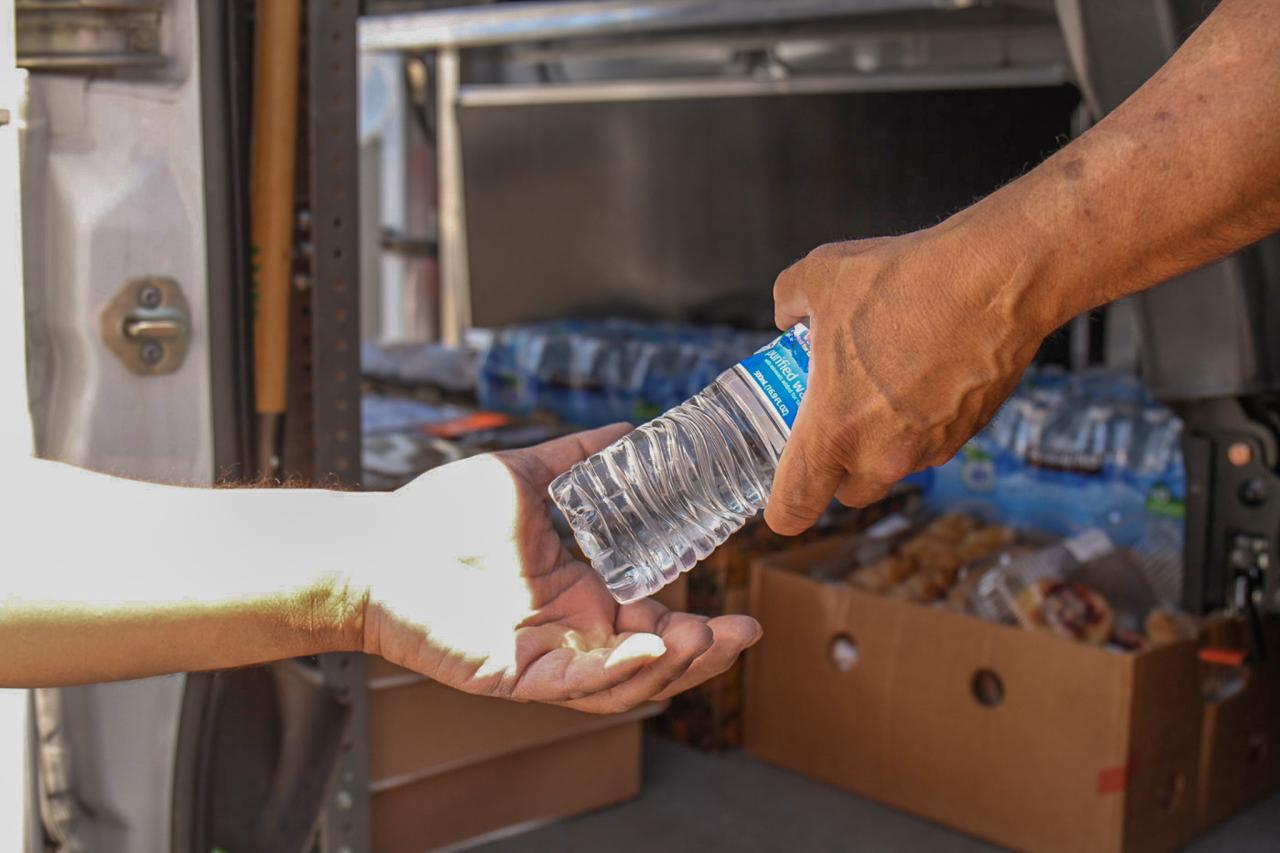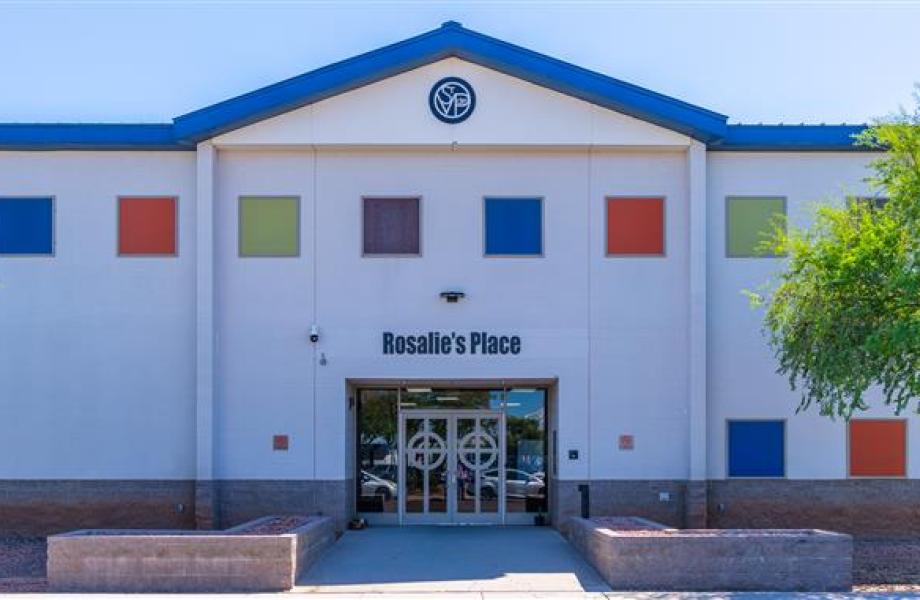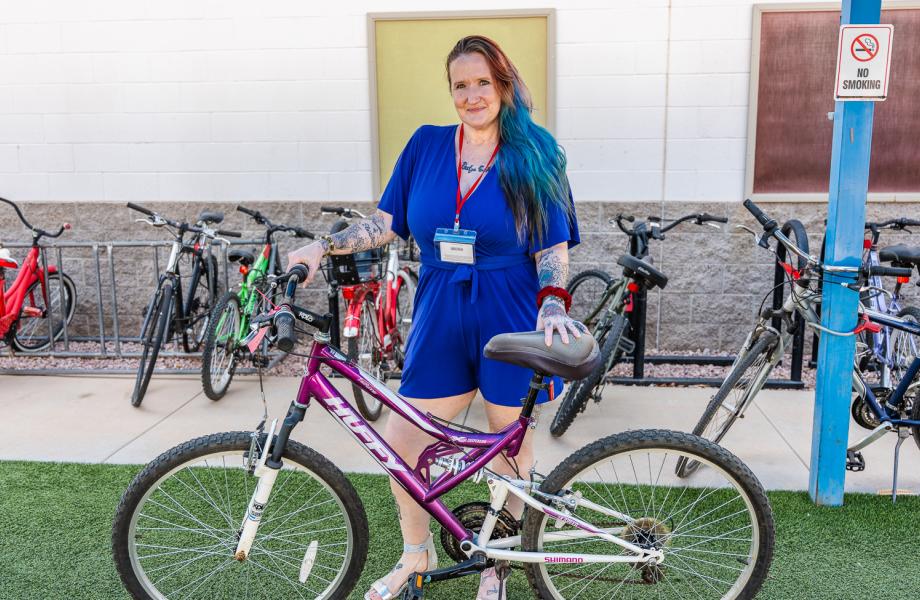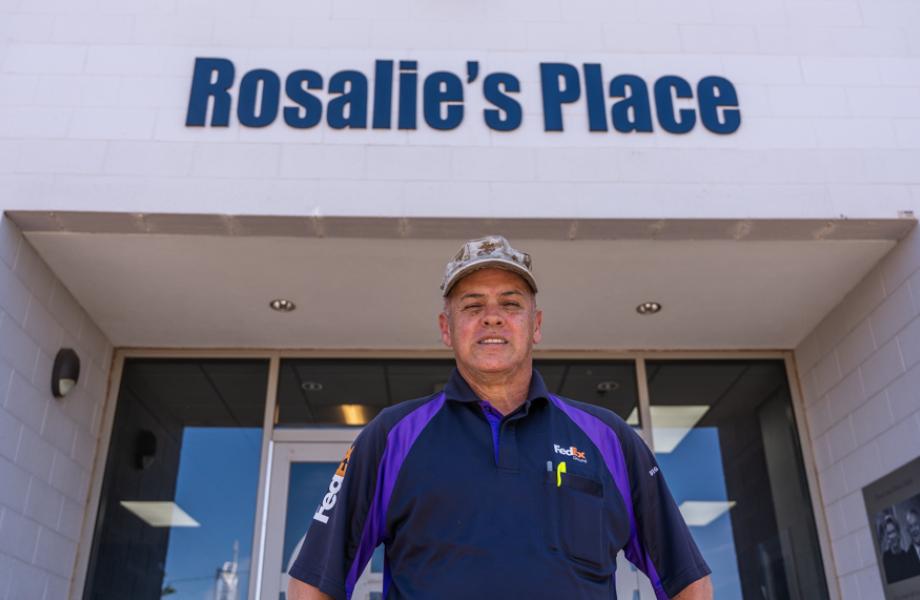What is life like on the street in the heat?
With triple digit temperatures and sunrises at 5 a.m., Arizona summers are relentlessly hot, especially for those who can't escape indoors.
Thousands of neighbors living on the street daily face life without the respite of a home with air conditioning, working plumbing, or safe drinking water.
Many people say, “I don’t know how I’d survive living on the street.”
Here, a few St. Vincent de Paul guests share their experiences about life on the street during deadly Arizona summer heat.
What are mornings like?
Many unhoused individuals wake up at the crack of dawn, the early morning sun acting as their alarm. This is also the coolest time of day, so many take advantage of it, using this brief period to walk to where they need to go during the day or do anything that requires physical exertion before the extreme heat makes it impossible.
Raquel, a guest, was camped out on a lawn in front of a church in South Phoenix for a while. The church allowed her to stay there at night, but every morning, the first thing Raquel has to do is pack up her tent and find somewhere else to spend the day.
“It takes up most of my morning,” she said. By the time she’s finished, it’s already hot.
Some show up to places like the Key Campus or other locations with programs that help people on the street. Kris, another guest, would usually get to a local program around 4 or 5 in the morning and wait for it to open with his wife and their dogs.
“We hang around, wait for everybody to show up,” Kris said. “Get what I call ‘Our Daily News,’ just what happened last night.”
How do people deal with the heat?
Some, like Damian, a now graduated shelter resident of SVdP’s Ozanam Manor, are fortunate enough to have jobs. When Damian was on the street, he was able to work and be inside during the hottest hours. However, he still didn’t have a place to go after work.
“If there were days that I didn't have to work, those were the hardest ones because the first thing you want to do is find shade and water,” Damian said. “That's the hardest thing to find, even though you think, ‘Well, water is everywhere.’ Not when you're a homeless person.”
The overall consensus on how to survive throughout the day was to simply not be in the sun and to not move. Movement means increasing your body temperature, which is a sure way to exhaust yourself, and start the heat illness spiral that leads to heat stroke, and possibly death.
“Wherever you’re at, in the shade, just stay there,” Kris said. “The less you do, the better. Just douse yourself [with water] and you’ll be alright.”
Many people on the street have seen someone with the symptoms of heat stroke. For most, it looms like a constant threat.
“I step outside, and it feels like my brain is just melting,” Raquel said, tears forming in her eyes. “It’s scary because you don’t know if you’re going to die because of the heat. This is twice I’ve had to call an ambulance because of the heat.”
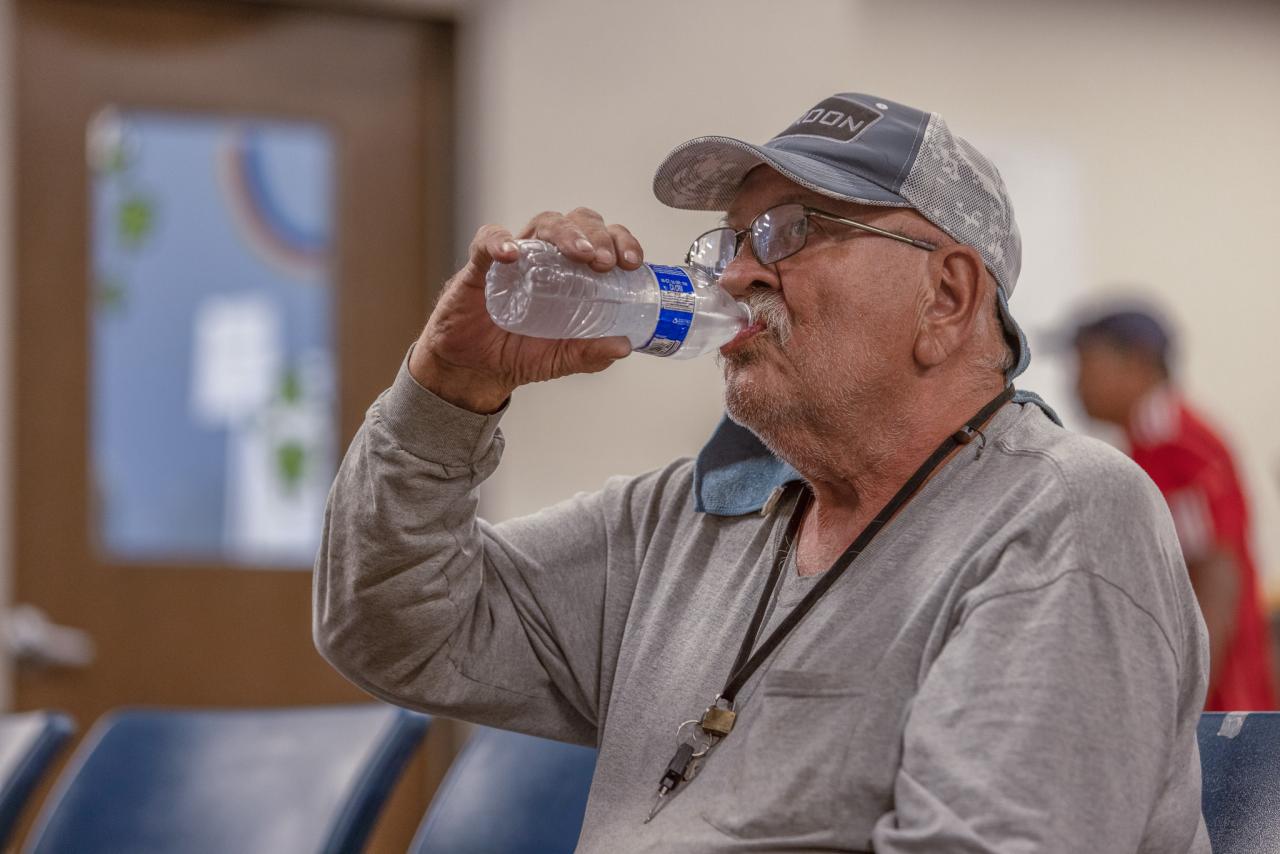
How do people get water?
Water is the key to life on the street. The only way to stay alive is to drink lots of it.
Damian said he would drink six bottles of water everyday minimum. Moses, a regular guest at SVdP’s Phoenix Dining Room, said he drinks an entire case of water every day.
There are limited ways to obtain water as well, which is why SVdP gives out more than 4,400 bottles of water a day to help provide this precious resource. Some unhoused individuals have enough money or use food stamps to purchase water from local stores.
Unfortunately, many individuals have to resort to less-than-ideal sources. Kris said he’s gotten water from, “pipelines, exposed water valves, sometimes even the river.”
What is living in a tent like?
Tents are very important to many individuals on the street. They are semblances of little homes. They provide the only privacy an individual may experience, and they protect from bad weather and pests.
“People get sickness from the cement, and the streets themselves carry diseases,” Damian said. “You got rats. I would say it's not pleasant. It's not like going camping.”
And on top of that, it's still extremely hot inside a tent. Kris compared being in a tent, especially one with a tarp over it, to being in an oven.
“It’s horrible, and you're sweating, I’m constantly spraying myself with a spray bottle,” Raquel said. “I braid my hair just so that it's just out of the way.”
Moses said some people try to alleviate the intense heat of tents by using other fabrics and tarps to circulate the air, but it still only brings the internal temperatures down to around 90 degrees.
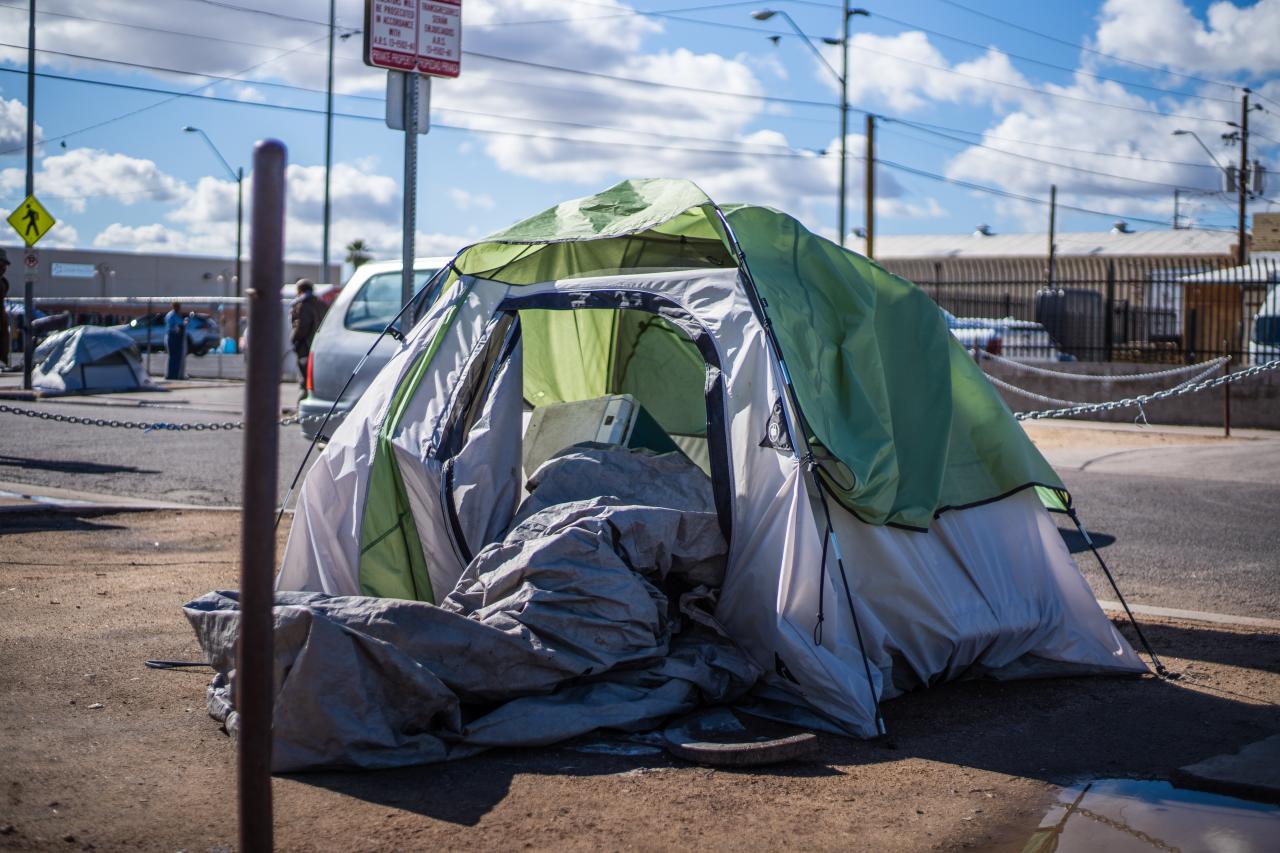
What are nights like?
As the sun sets, individuals on the street seek a shelter to find refuge. Raquel sets up her tent in front of the church. Damian used to sleep upright under a bus station. Kris looks for anywhere near a park, preferably somewhere hidden away because at night is where the danger lingers.
“At night you don't really sleep. You're in a constant state of vigilance… If somebody walked by, I'd wake up and be in a state of paranoia all the time,” Damian said. “When you're in that situation, it's you against the world. You don't know who you can trust.”
Raquel said men will frequently approach her tent and ask who is in it, or if they can join her. “It's bad enough when you hear gunshots constantly all night.”
How can the community help?
There are so many ways to help. You can always get involved or give to SVdP, where we make a difference in hundreds of lives every day through heat relief services, multiple shelters, dining rooms, food banks, and more.
“Whatever you can contribute to the homeless from your heart. I mean, it don't have to be finances, but donation of clothes, tents, better tents with better circulations, canopies. Whatever you can donate,” Moses said. “Just do what you can for the people in the community.”
Damian advocated for even smaller gestures, such as not judging someone for the way they are dressed or their situation in life, or even a smile. And if you’re out and about in the community, there is a profound way to help, Damain said.
“Give somebody a bottle of water. You might have just saved that person's life.”
